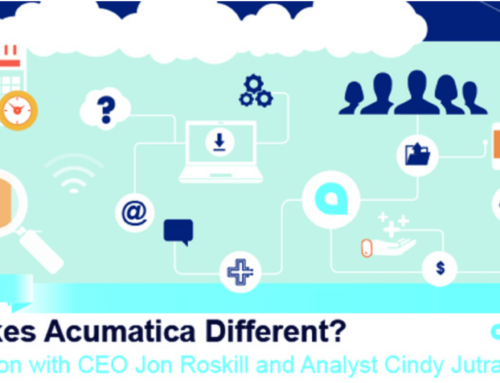Today’s customer-driven environment demands integration between departments, real-time visibility and mobility. Gartner recently reported that in 2016 a massive 89% of companies plan to fight competition largely on the basis of customer experience?*
Thank you for reading this post, don't forget to subscribe!Customers in the digital age are well-informed, socially connected and living in a real-time context. The explosion of social media and smartphones have brought real-time expectations to the business world, with customers demanding instant response and live updates through their chosen media platform, from the comfort and familiarity of their medium or mode of communication.
To survive and to strengthen your position in this demanding digital battlefield, it is imperative that your client operations work seamlessly, empowering customers with more ways to connect, engage and share.
While most companies understand and recognise the power of pleasing consumers through instant, multichannel communication, they are trying to do so either by using their old knowledge repositories or with the help of siloed technologies. Merely paying lip service on social media or answering customers’ calls is not enough. To provide excellent customer service, you need to ensure that your client operations work like a well-oiled machine, with a seamless flow of information between various departments, giving you real-time insights across all client services.
You know that ERP solutions are traditionally used to help businesses function more efficiently across their organisations. But ERP is quickly being bested by faster, cloud-enabled solutions that can do even more. In the age of customer experience as a key differentiator, it’s worth understanding how these Business Management Solutions (BMS) can help you to bring all of this together. Here’s a helpful overview:
Immediate access to information that speeds personalisation:
The availability and accessibility of knowledge, both internally and externally, is the most important step in providing excellent customer service. With a BMS, your staff will be able to access customer information when and where they need it. Doing so would ensure that your staff are able to provide a personalised experience to your customers, based on their interaction history with the company.
Eliminates gaps in information that frustrate customers:
An outstanding customer experience is the responsibility of the whole company, and each department contributes an integral piece to its success. Your sales department may know about only 10% of the customer complaints, but your customer service department would know a full 100% as they engage with consumers on a day-to-day basis. A BMS seamlessly integrates various departments – sales, marketing, finance and customer services – to convert a user into a customer for life.
Increased visibility of what’s working – and what isn’t:
The ability to access back office data, combined with real-time data and even dashboard reporting features, ensures that you have a 360-degree view of what is happening in your company. With the help of a BMS, you will always be aware of the status of important Key Performance Indicators helping you to make decisions faster.
Customer service in the digital age is here, there and everywhere. Bringing it all together with the help of a Business Management Solution, such as Sage X3, is the key to thriving in this consumer-driven environment, as it is an essential part of the cycle of delivering service, measuring results, building relationships and creating customer loyalty.
*Gartner report on Importance of customer experience. https://www.gartner.com/doc/2857722/gartner-survey-finds-importance-customer




